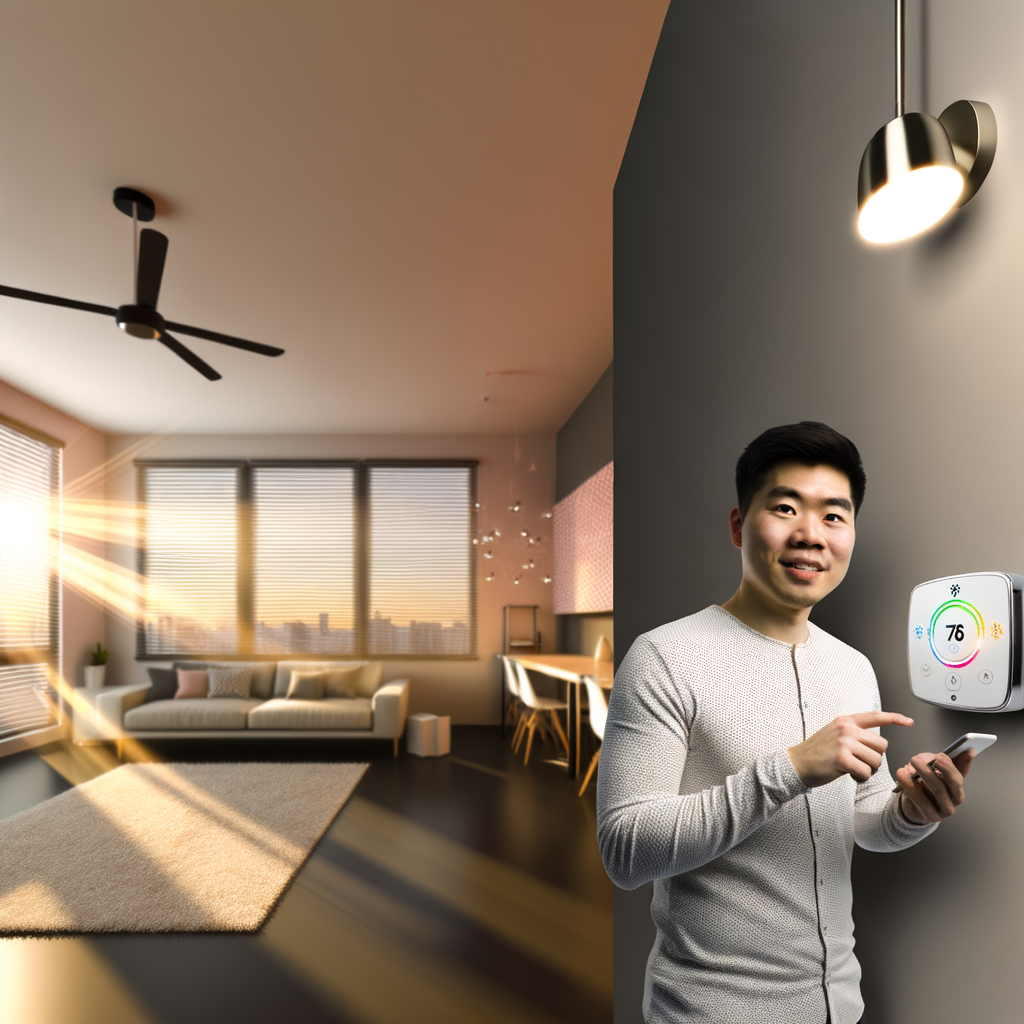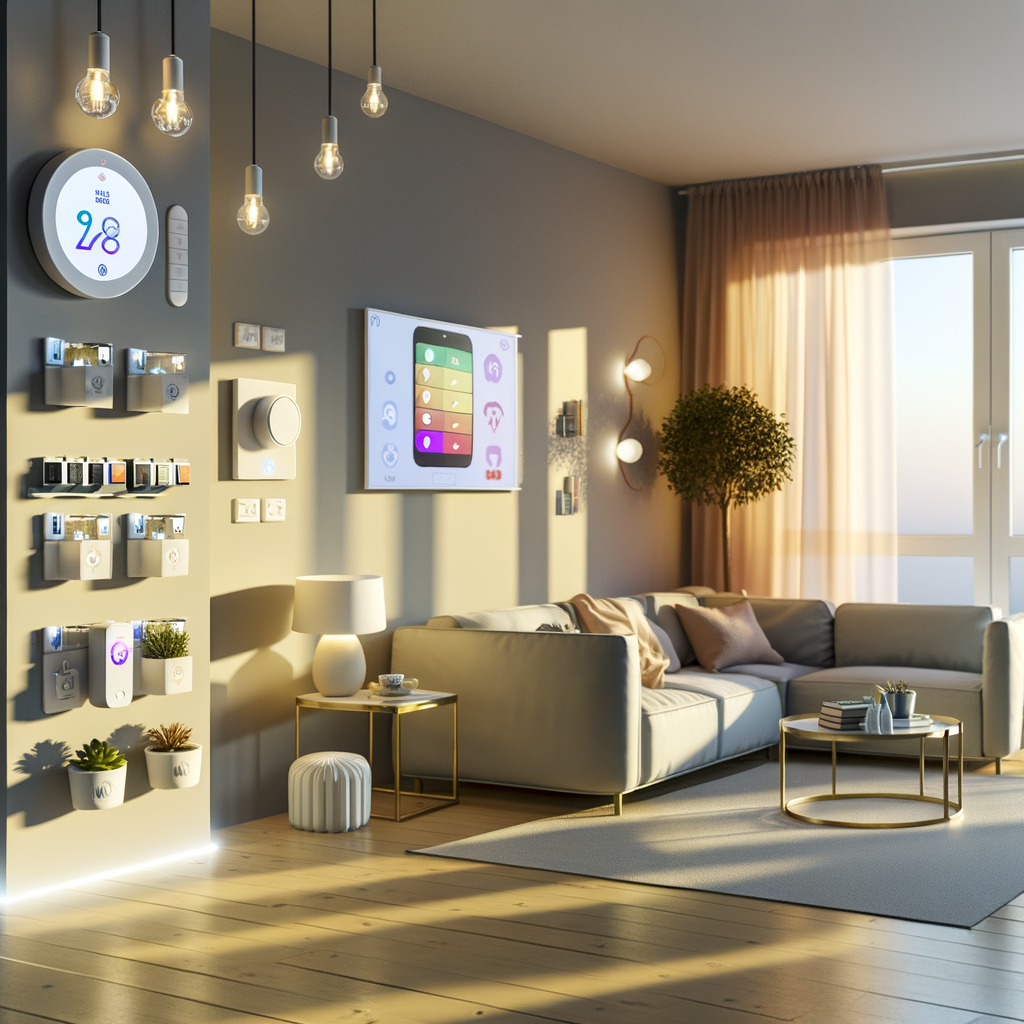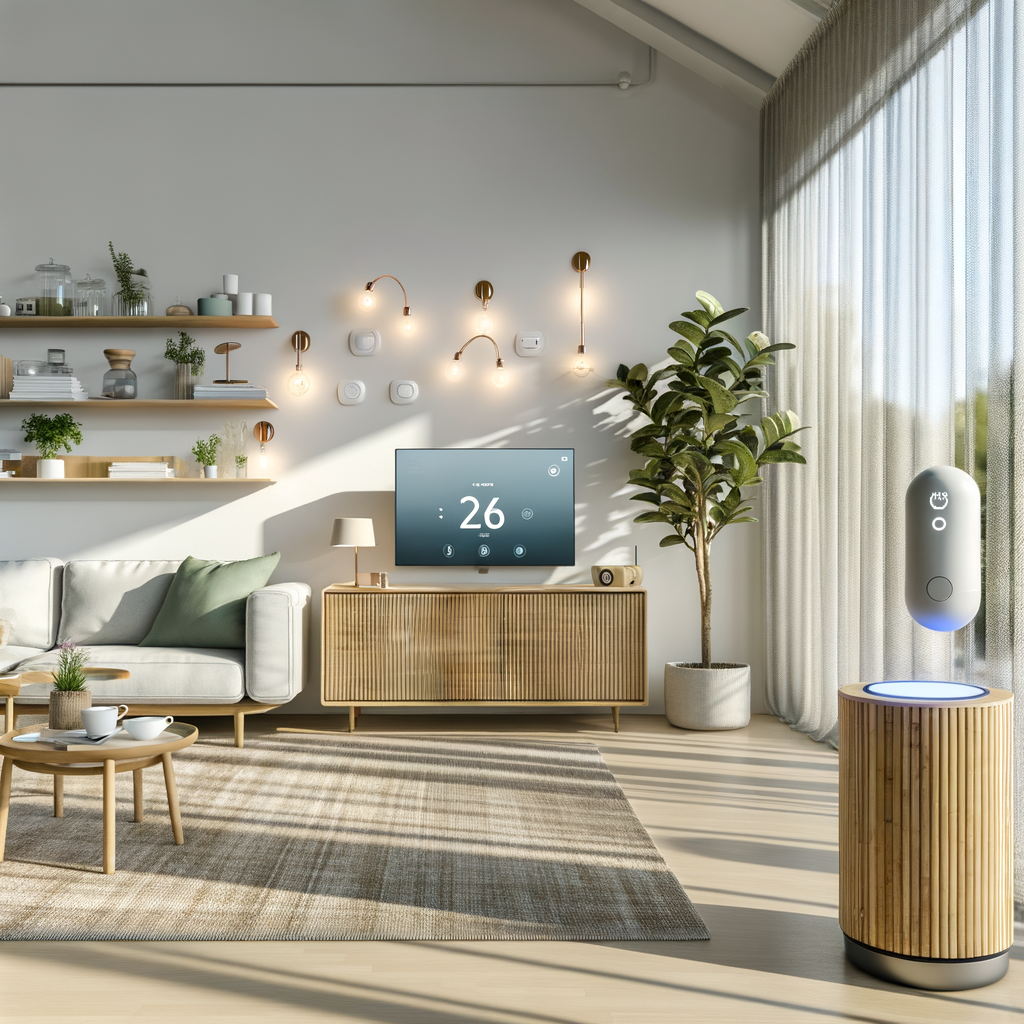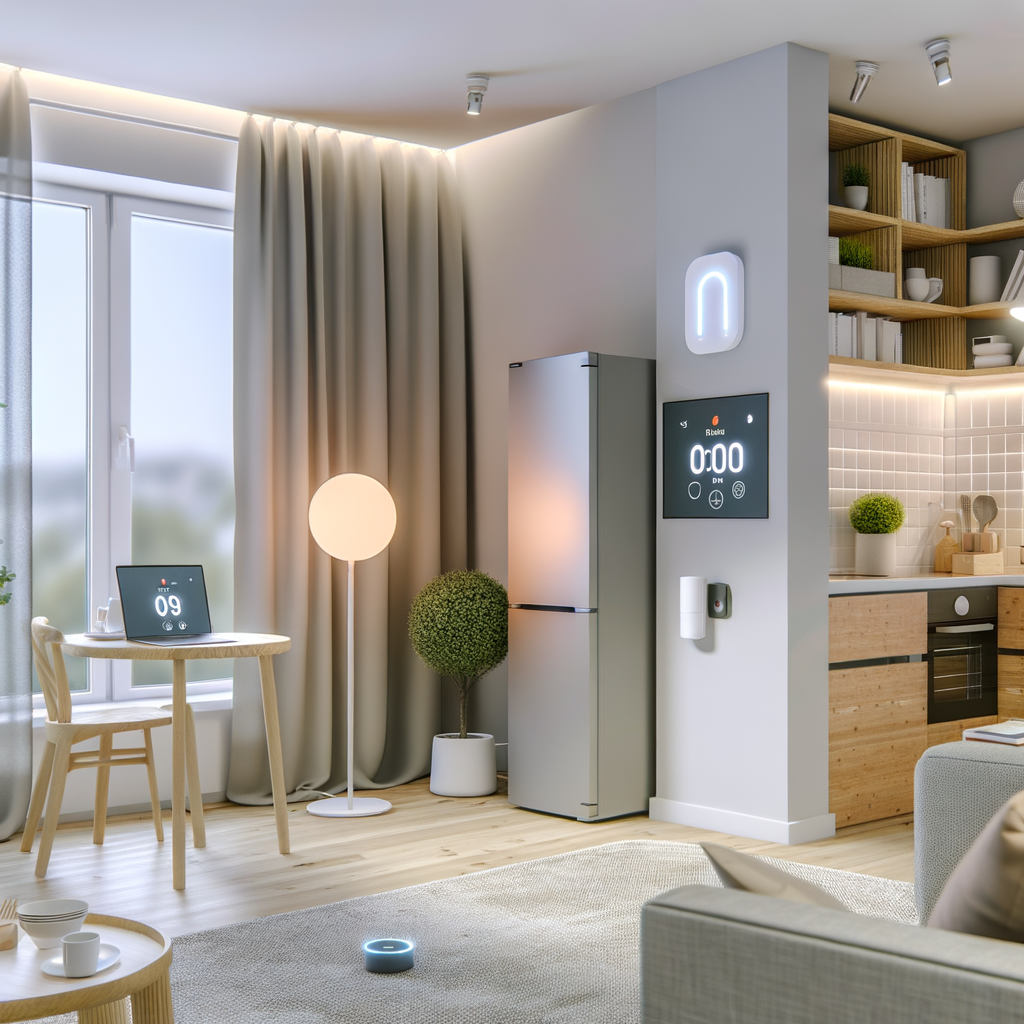1 Thermostat, 5 Big Wins: How Smart Temperature Control Can Slash Your Energy Bills as a Renter
As a renter, controlling your energy bills can feel difficult—especially when you don’t own the building or have the power to make major upgrades. But there’s one small tech tweak that packs a big punch: installing a smart thermostat. In this guide, we’ll break down how one smart thermostat can unlock five big wins, helping you save money, boost comfort, and reduce your carbon footprint—all with your lease intact.
Why Smart Thermostats Matter for Renters
Traditional thermostats waste energy by keeping your home at the same temperature, regardless of whether you’re there or even need the comfort. Smart thermostats, on the other hand, automatically optimize heating and cooling, adapting to your schedule and preferences. They deliver:
- Lower utility bills
- Increased comfort
- Remote control from anywhere
- Easy installation and removal
- Real-time usage data
Even if you rent, most smart thermostats are easy to self-install, work with common HVAC systems, and can move with you to your next place. Below, you’ll find out how a single smart device leads to five big wins.
Win #1: Dramatic Energy Savings, Month After Month
The biggest appeal of smart thermostats is their impact on your energy bills. Heating and cooling can account for nearly half of a home’s energy use. According to the EPA’s ENERGY STAR program, households save an average of 8–12% on heating and 15% on cooling by switching to a smart thermostat. Some users report $150+ in yearly savings!
How Smart Thermostats Save You Money
- Learning your habits: Modern thermostats “learn” your daily routines and automatically adjust the temperature when you’re sleeping or away.
- Geo-fencing: Many models track your phone’s location, turning off the system when everyone’s out.
- Adaptive scheduling: Adjust heating/cooling to match your real-world needs, not just a rigid timetable.
Action step: After installing a smart thermostat, spend a week letting it monitor your comings and goings—then review the usage report. Adjust scheduling or enable eco-modes for even more savings.
Win #2: Comfort Customization, Room by Room
Older thermostats treat every room the same. Smart thermostats can work with add-on sensors or leverage built-in features to target specific rooms, maximizing comfort without overheating or overcooling your rental.
How to Achieve Room-by-Room Precision
- Add remote sensors: Some thermostats (like Ecobee) support additional sensors you can place in your bedroom, living room, or office.
- Smart zoning: If your rental has zoned HVAC, a smart thermostat can further optimize temperature in each zone.
- Use fan-only modes: Circulate air between rooms for better balance without extra heating/cooling costs.
Action step: Place sensors in the rooms you use most (like your bedroom) and let the system prioritize comfort where it counts—avoiding wasted energy in unused rooms.
Win #3: Control from Anywhere, Anytime
How often do you wake up too hot, come home to a cold apartment, or worry you left the AC blasting? With a smart thermostat, you control your comfort from your phone or smart speaker, anywhere in the world.
Benefits of Remote Control for Renters
- No more wasted energy: Forgot to turn off the heat? Adjust it from your phone, even if you’re out of state.
- Prep your home before arrival: Warm up your apartment while you’re commuting home, so it’s cozy as you walk in.
- Integrate with other smart devices: Link your thermostat to smart speakers or routines for seamless comfort (e.g. “Alexa, set the temperature to 72°F”).
Action step: Download the thermostat’s mobile app and set up voice controls through your smart home hub for hands-free adjustments.
Win #4: Insights That Empower Smarter Living
Knowledge is power. Smart thermostats don’t just control temperature—they deliver detailed reports on your energy use, showing when and how you can cut back further.
Key Data Features to Look For
- Monthly energy reports: See usage spikes, discover trends, and compare your consumption to past averages.
- Home/Away tracking: Identify which times to target for the greatest savings.
- Maintenance reminders: Get alerts when it’s time to change your filter—improving efficiency and air quality in your rental.
Action step: Use the insights dashboard each month to experiment and fine-tune settings for optimal comfort and savings. Try reducing overnight settings or adjusting seasonal temperature goals, using data to guide you.
Win #5: Renters-Friendly Installation and Removal
Many renters worry about damaging walls or violating their lease. The good news: most smart thermostats require little more than a screwdriver and 15 minutes, and they’re designed for simple removal when it’s time to move out.
Easy, Lease-Friendly Installation Tips
- No drilling required: Smart thermostats typically reuse the existing wiring and mounting holes.
- Easy to revert: When your lease is up, simply reinstall the old thermostat—most landlords won’t even notice the difference.
- Portable investment: Take your smart thermostat to your next rental and keep saving for years to come.
Action step: Save your original thermostat and screws in a labeled bag to ensure an easy swap when you move out. Snap a phone photo of the wiring before you start for foolproof reinstallation.
Additional Tips for Renters: Maximizing Your Smart Thermostat
1. Check with Your Landlord
It’s a good idea to alert your landlord before making any changes, even temporary ones. Most are happy to approve as long as you agree to put the original unit back later.
2. Pair with Smart Plugs or Heaters
If your apartment uses wall heaters, space heaters, or window AC units, combine a smart thermostat with smart plugs. This lets you create schedules or control them via your phone, boosting efficiency further.
3. Use “Eco” or “Away” Modes
Smart thermostats have built-in energy-saving modes. Enable these when you’ll be gone all day or on vacation for effortless savings.
4. Leverage Weather Integration
The best smart thermostats pull in real-time weather data, automatically adjusting settings during heat waves, cold snaps, or seasonal transitions.
What to Consider When Choosing a Smart Thermostat
Not all smart thermostats are created equal—especially for renters! Here’s what to look for:
- Compatibility: Check that your HVAC system is compatible (central AC, forced air, baseboard, etc.).
- Ease of installation: Look for models that offer “no-C wire” solutions or adapters if your apartment’s wiring is older.
- App support: Ensure the thermostat’s app works on your preferred device (iOS, Android).
- Portability: Make sure the device can be easily uninstalled without wall damage.
- Extra features: Consider learning capability, voice control, geo-fencing, integration with other smart home devices, and room sensors.
Pro tip: Some energy providers offer rebates or discounts for upgrading to a smart thermostat, even if you rent. Check your utility’s website before purchasing.
FAQs: Smart Thermostats for Renters
Do I need my landlord’s permission to install a smart thermostat?
Usually, yes. Most leases require approval for electrical or HVAC changes, but because these devices are easily reversible, landlords are often willing to allow them if you agree to restore the original before moving out.
Can I install a smart thermostat myself in a rental?
Most renters can install a smart thermostat in about 10-20 minutes with basic tools. Double-check the




